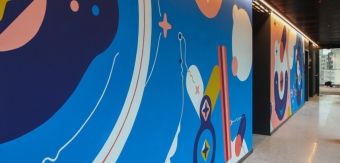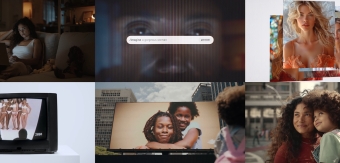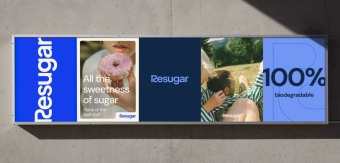You may have noticed Marissa Mayer, the CEO of Yahoo!, kicking up some dust last month, when she announced a complete ban on working from home. This, she claimed, was to encourage collaborative working and collective thinking. However, there was a paranoid undercurrent as she noted the alarming number of Yahoo! employees leaving to start their own companies after periods of home working.
This is a recurring debate. Indeed, many sectors have never really embraced the concept of remote employment. After all, you'd look long and hard before you found an insurance or retail business which allowed the practice. But I think it was the creative nature of Yahoo! that caused the stir - because it's just the sort of outfit you'd expect to encourage flexible or informal working.
So does this spell the end of 'working from home' (WFH)? Because the signs aren't particularly encouraging.
Unfortunately, the whole notion of home grafting has a bad reputation. We've all been in jobs where the boss spends most Fridays in this mode, while the lesser mortals tear around the office meeting deadlines and putting out fires. And we've all seen a phenomenon whereby sunny weather finds directors WFH, as drones sweat it out in the stifling studio. WFH has become shorthand for 'not working at all'.
Which is a shame, because - used correctly - it can be a very effective method.
To work in a creative business is to be involved in a constant tug-of-war between conceptual and corporate thinking. Half a day can be spent on writing, photography, scamps and straplines - the other half on time sheets, budgets, meetings and systems. This is largely unavoidable, but when tasked with a major campaign or pitch, the administration stuff can be a dreadful distraction. It's always going to be difficult to crack a key brief when your train of thought is interrupted by a fire drill or IT overhaul. This is when genuine home working really succeeds. It's an opportunity to shut down the prosaic and allow the creative juices to flow. Sometimes a creative studio is the worst place to do creative work. What's needed is peace, quiet and a chance to feel more inspiration than perspiration.
Of course, these aren't the best of times and it's not easy to imagine a creative business than isn't feeling some pressure. In such conditions, processes are tightened and rules rigidly enforced, in the name of prudence and streamlining. When money is thin on the ground, the management becomes hyper-aware of any perceived 'looseness' in procedures - so activities like WFH suddenly appear to be unaffordable luxuries. This is understandable, but it can also be self-defeating.
So, how do we save WFH from Yahoo! style clampdowns? Responsibility is important. It doesn't take too many instances of some doughnut being caught doing the shopping when they're supposed to be WFH, for the whole practice to cease. Whatever the big bosses do, if we say we're WFH it's crucial we do just that. It's also worthwhile actively demonstrating the great creative results WFH has generated. When a client praises a piece of work, remember to flag up the fact it was created domestically (although NOT to the client!).
In other columns, I've mentioned the irony of the rise of remote technology (iPhones, broadband, Skype) coinciding with an increased insistence on rigorous office attendance. Which is rather daft. So, if we're to preserve the usefulness of WFH, we must actively demonstrate its benefits to our employers.
Otherwise, we'll all end up as eternal commuters and WFH will be the preserve of the freelance.
Magnus Shaw is a copywriter, blogger and consultant





